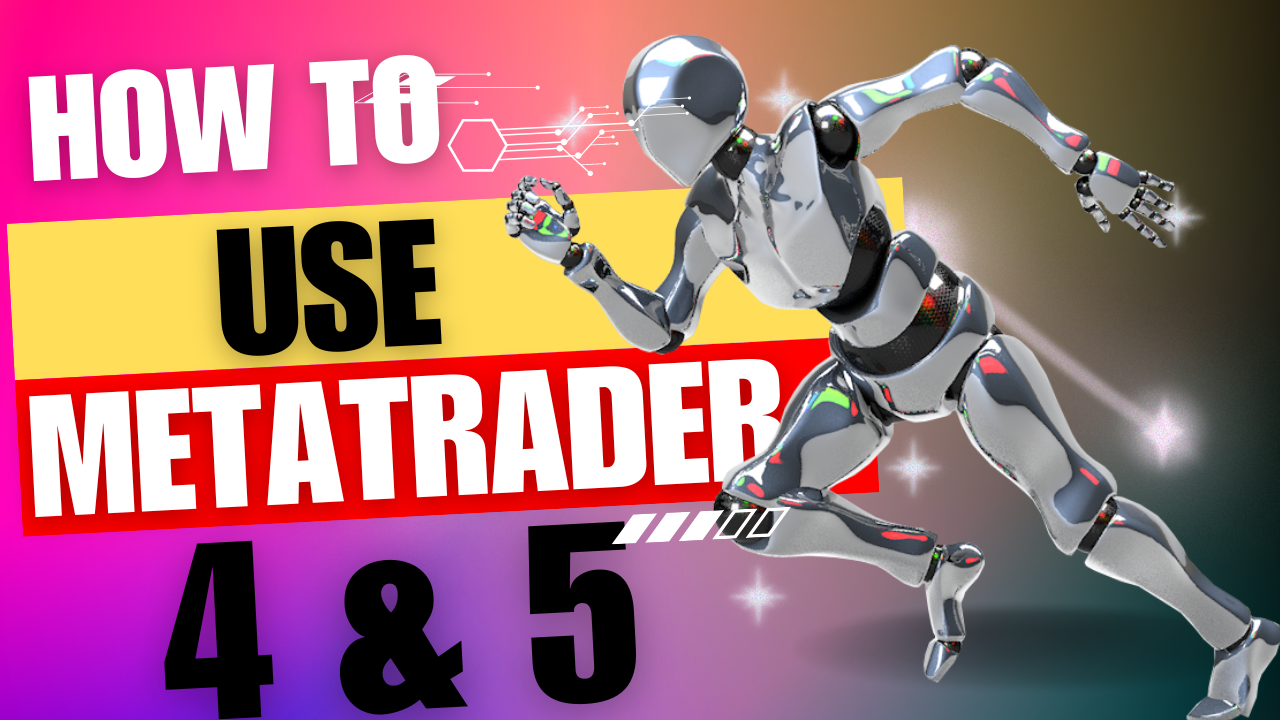MetaTrader 4 And 5: Comprehensive Overview For Traders
MetaTrader 4 (MT4) and MetaTrader 5 (MT5) are among the most popular trading platforms used by forex traders worldwide.
Overview
What you’ll learn – MetaTrader 4 And 5.
- Successful installation and first steps with MetaTrader 4 and 5
- Understanding the basics of the MetaTrader 5 platform
- Customize and personalize the user interface for efficient work
- Customize and adapt charts for a better market overview
- Create and use custom templates and layouts
- Place, edit and manage trading orders
- Set and use stop-loss and take-profit orders
- Use trailing stops to maximize profits and minimize losses
- Add and interpret technical indicators
- Learn tips and tricks to use MetaTrader 5 efficiently.
- A reputable Forex Broker GTCFX for Demo & Real Practices (A suitable broker is recommended in the course resources)
Requirements.
- For this course of MetaTrader 4 And 5, you need a computer with an internet connection and the MetaTrader 5 software installed.
- You should also be prepared to learn new things and actively engage with the content.
 Description.
Description.
You will learn the basics and even the expert features of MetaTrader 4 And 5 like:
- How to use Templates to gain a competitive edge
- How to use Profiles to save time
- How to adapt the platform to YOUR needs
- And more!
This course of MetaTrader 4 And 5 is aimed at both beginners who want to take their first steps in trading and advanced traders who want to improve and optimize their skills.
In this course of MetaTrader 4 And 5, you will learn everything you need to know to trade successfully with MetaTrader 4 and 5. We start with the installation and basic functions of the software. You will learn how to customize the user interface to suit your individual needs and how to use charts and indicators effectively.
A big focus of the course is on placing and managing trading orders. You will understand how to set stop-loss and take-profit orders to minimize your risks and maximize profits. We will also show you how to use trailing stops to react flexibly to market movements.
In addition, you will gain valuable insights into the use of technical indicators.
With our tips and tricks, you will be able to use the functions of MetaTrader 4 and 5 more efficiently and learn how to integrate external resources and services into your trading strategy.
Clear instructions and practical exercises ensure that you can implement what you have learned immediately. Whether you are just starting out in trading or want to improve your existing skills, this course will provide you with the knowledge and tools to trade successfully with MetaTrader.
Plus, in this course of MetaTrader 4 And 5, you will get ample tips and hacks to truly master the platform.
I learned all of this through my eight years of Forex Trading experience.
You can learn all the same things in a couple of hours in this course!
So, what are you waiting for?
Every minute you wait is costing you money!!
Enrol today and join me on this journey into the World of MetaTrader 4.
Who this course is for:
- This course is for anybody interested in Forex Trading.
- This course is for those who want to make their work in MetaTrader more efficient.
- This course is for those who want to make their work in MetaTrader more enjoyable.
Disclaimer:
Any information or advice contained in this course is general in nature only and does not constitute personal or investment advice. We will not accept liability for any loss or damage, including, without limitation to, any loss of profit, which may arise directly or indirectly from the use of or reliance on such information. You should seek independent financial advice prior to acquiring a financial product.
All securities and financial products or instruments transactions involve risks. Please remember that past performance results are not necessarily indicative of future results.
Curriculum
Curriculum
- 1 Section
- 12 Lessons
- Lifetime
- METATRADER FOUR-4 AND FIVE-512
- 1.0Getting Started9 Minutes
- 1.1Chart Properties in Details16 Minutes
- 1.2Forex Indicators14 Minutes
- 1.3Forex Template7 Minutes
- 1.4Forex Chart Lines18 Minutes
- 1.5Placing Orders21 Minutes
- 1.6Setting Widows in MetaTrader12 Minutes
- 1.7Adjustment of Chart17 Minutes
- 1.8Opening A New Trading Account4 Minutes
- 1.9Label on Chart21 Minutes
- 1.10Profiles6 Minutes
- 1.11Fast Navigation3 Minutes
 Description.
Description.



